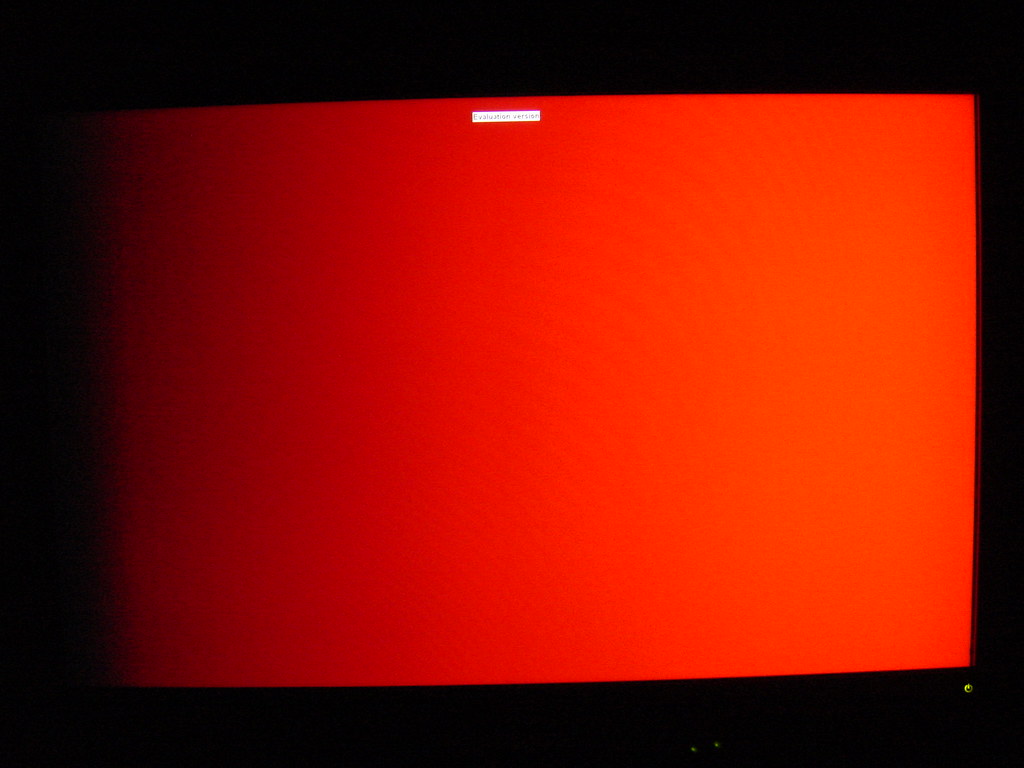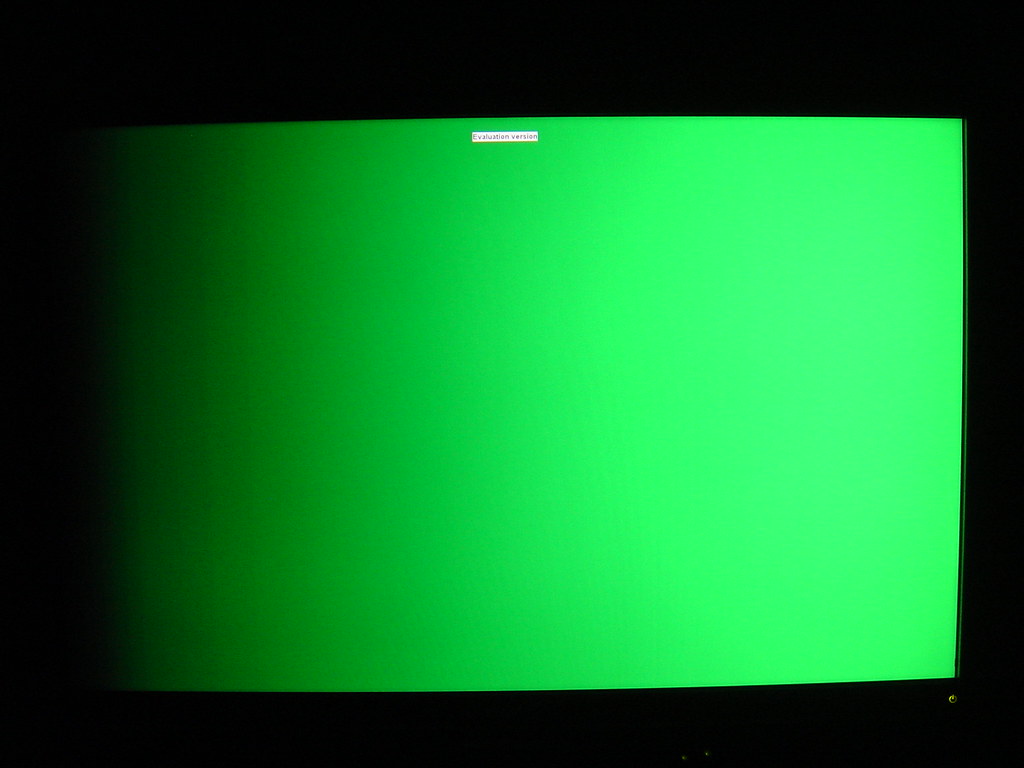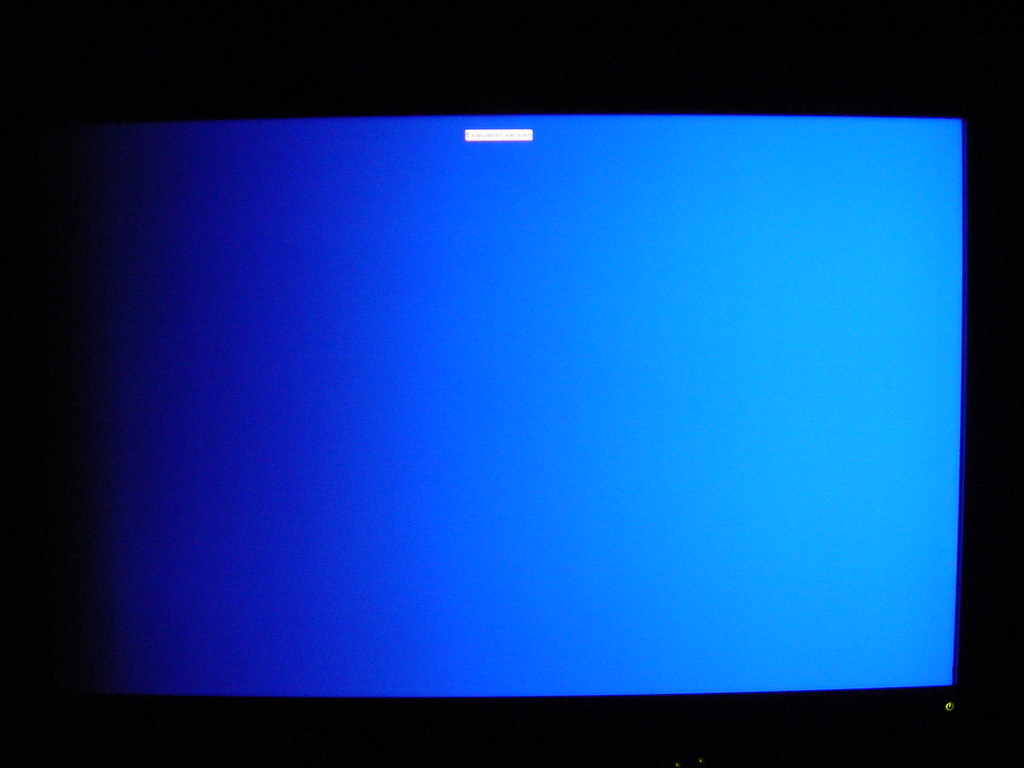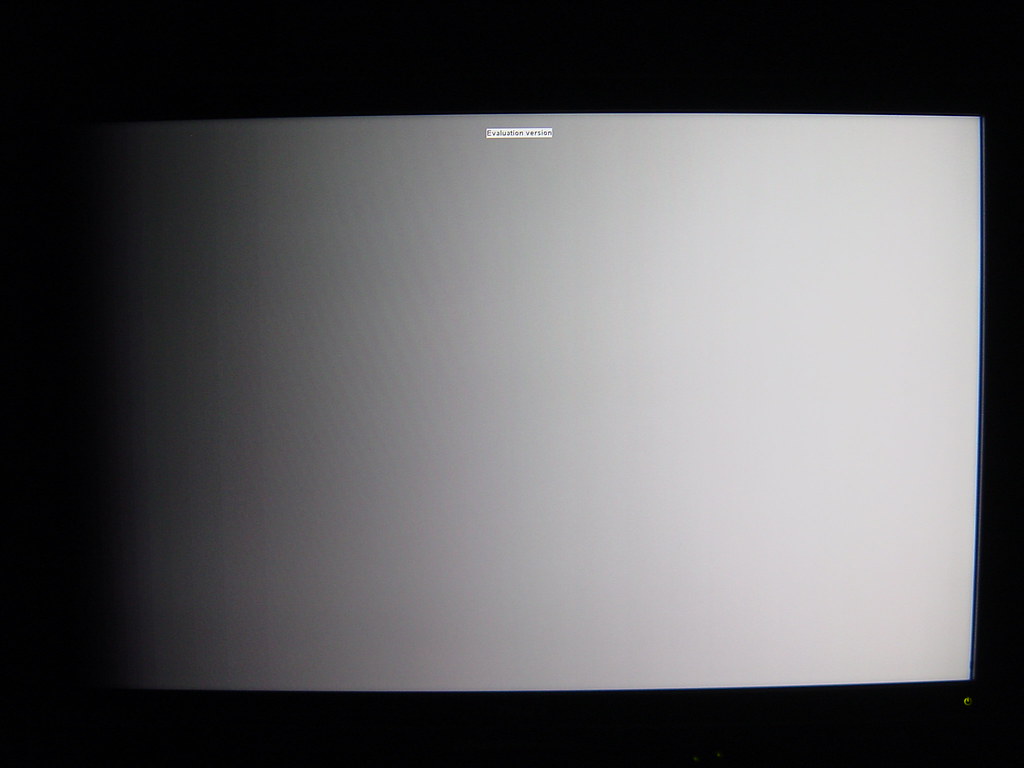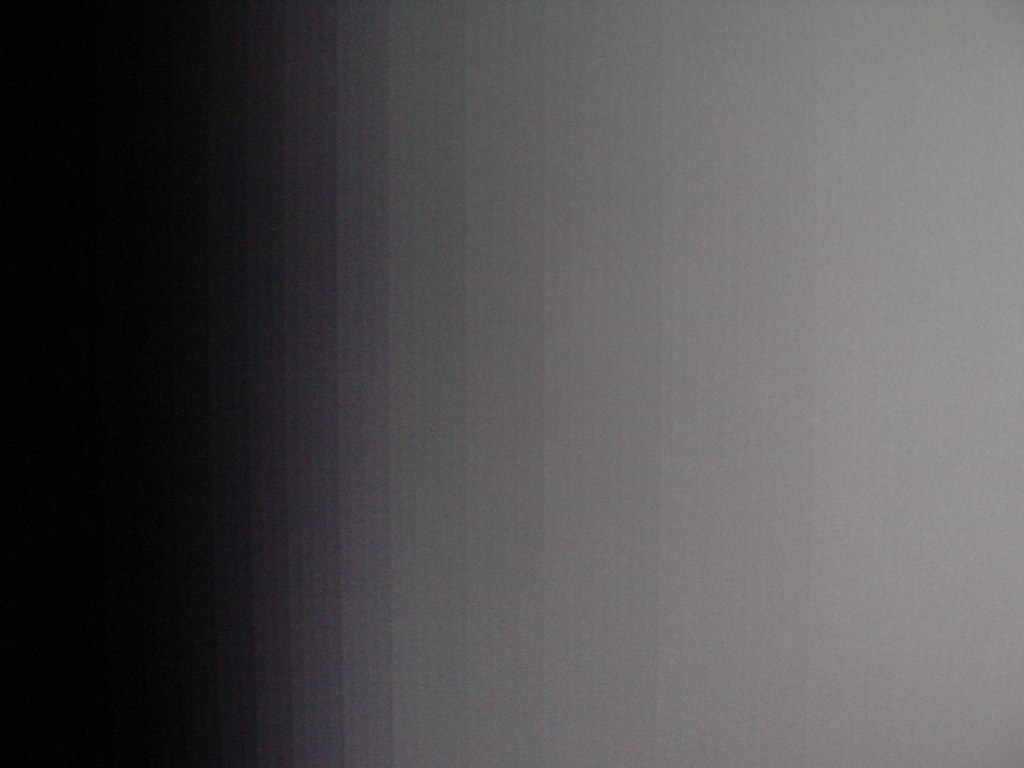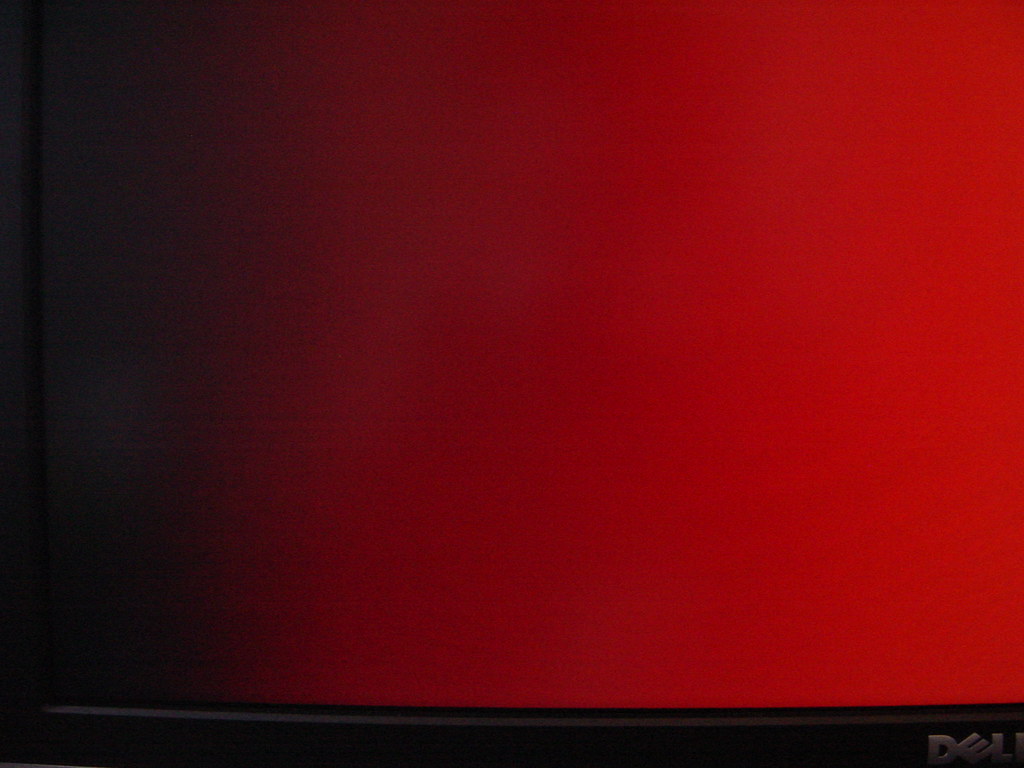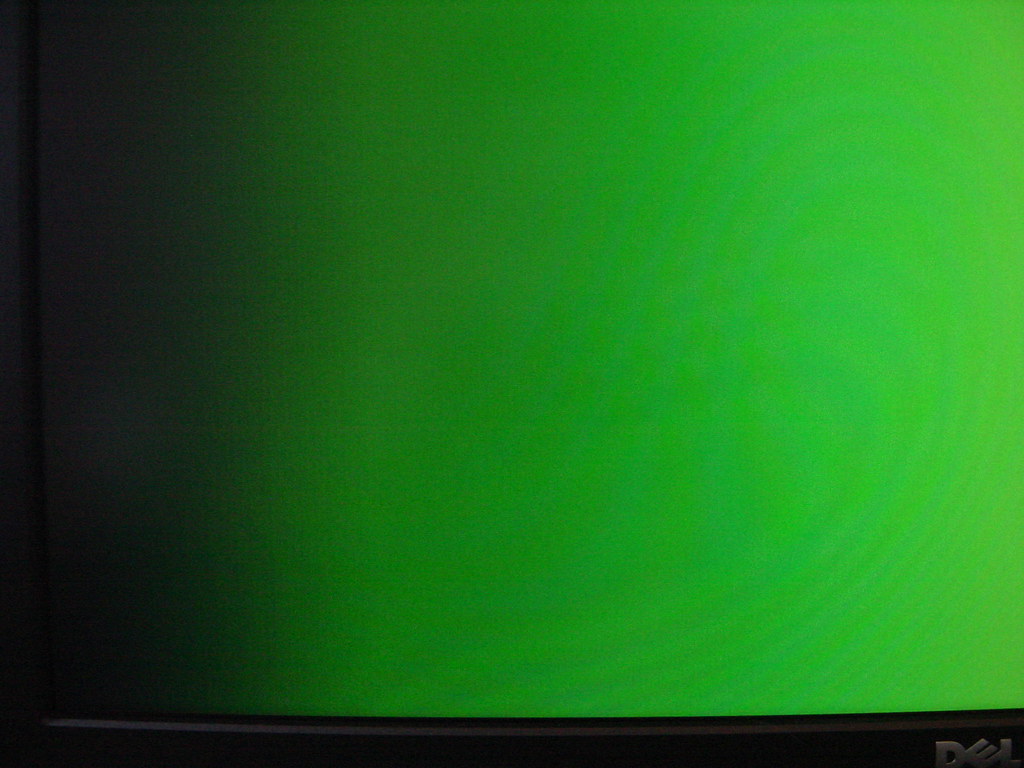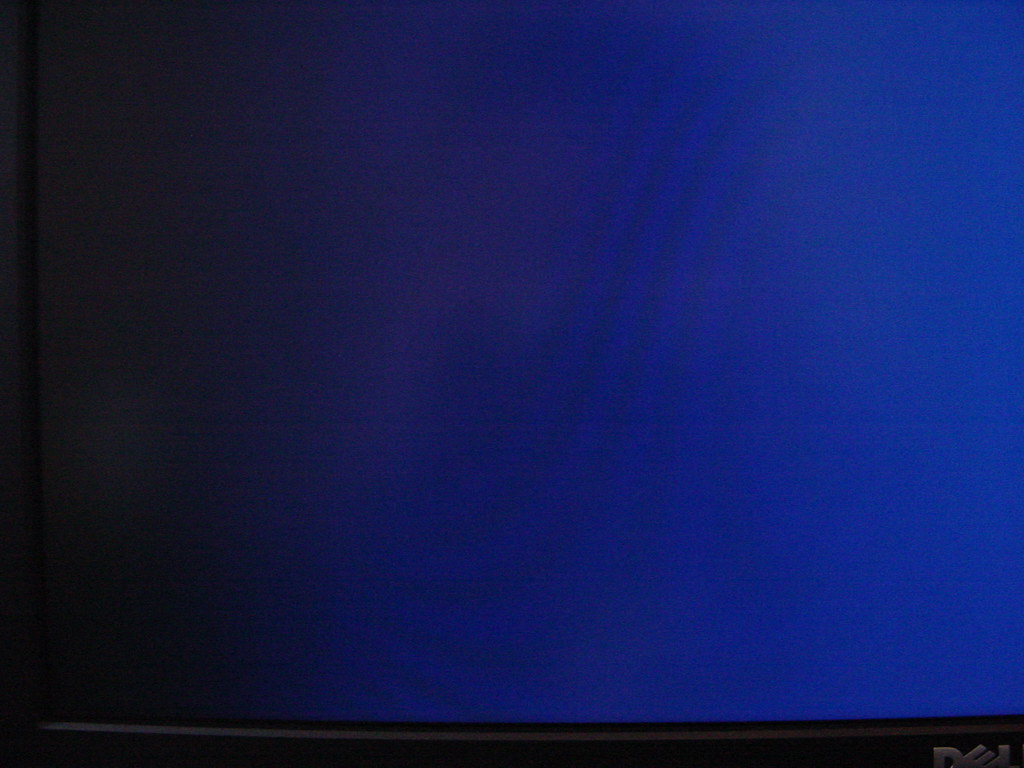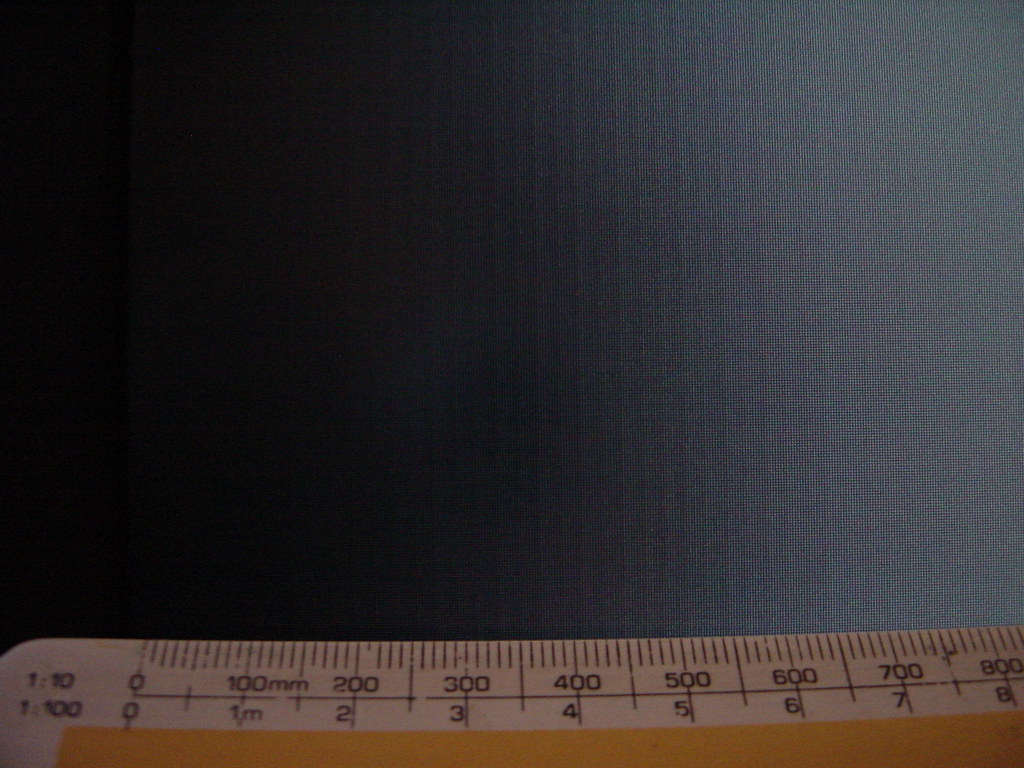Ok, here is a new movie to view. Just to be sure I'm not seeing things, I checked it out on my PC CRT, family TV, and iPod Touch. The green is not present in these devices on this next photo. Please have a look and tell me this scene is not all green ... except a few places on the face which are pink, looks really weird:
I do see those images greenish. The one you posted last has the worst green. Only noticed this though when comparing browser window between 19" TN monitor and 2408WFP.
TheBlackHole and ReelMcCoy, did you check those images in another monitor as well and still didn't notice any green? At least for me it was initially hard to notice without comparison, but once seen side by side the greenish tint was easily visible.
![[H]ard|Forum](/styles/hardforum/xenforo/logo_dark.png)
